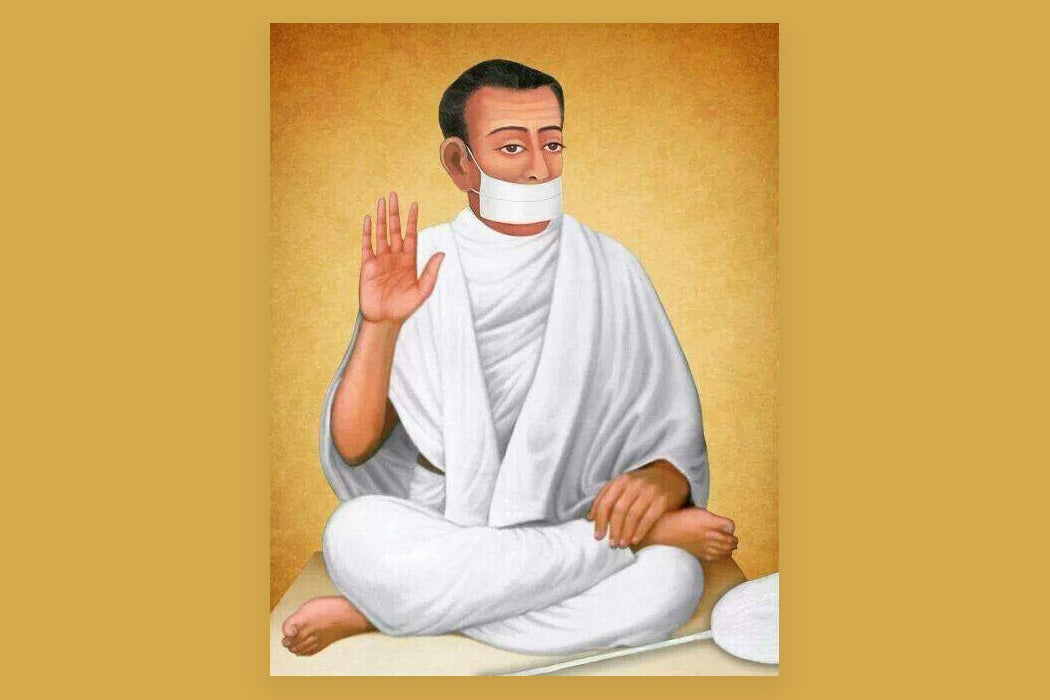From megachurches to feminist witchcraft, modern religious and spiritual practices continually adapt ancient teachings to twenty-first-century life. As Andrea R. Jain writes, that’s also true within one of the most ancient religions still practiced today: Jainism.
Jain writes that the religion’s teachings, dating back at least to the fifth century BCE, draw a sharp binary distinction between the material world and the soul. Traditionally, the goal of religious practice is to purify the soul of karma over many lifetimes.
“Jains are well known for maintaining an ascetic ideal whereby one must ‘conquer’ the body through processes of withdrawal, both of the senses and from society,” she writes.
Throughout the history of the religion, asceticism has existed in tension with an understanding of the body as a tool for achieving goals in the material world. These attitudes have come into conflict on many occasions, including in 1760, when reformer Bhiksu founded the Terāpanth sect within the Jain Śvētāmbara tradition. Bhiksu argued that monastic practitioners should not engage in worldly actions, such as feeding the hungry, and should focus only on spiritual purification.
Yet in the twentieth century, Terāpanth leader Tulsī moved the denomination in a new direction. With World War II raging, Tulsī became convinced that the moral problems of the world required spiritual intervention. In 1949, he founded a new movement with the purpose of “taking Jainism beyond the Jains.”
In the decades that followed, Jain writes, Tulsī set up a global organization called Jain Vishva Bharati (JVB) to spread a form of Terāpanth practices to lay people in India and beyond. Outside of India, there are now major JVB centers in London, Texas, New Jersey, and Florida. As part of this work, a highly placed monk within the organization, Mahāprajña, introduced a system of meditation and yoga known as prekṣā in the 1970s. Mahāprajña presented these teachings as a long-lost scientific system that he had rediscovered partly through personal experimentation. At the same time, they were in line with postural yoga and Buddhist-based mindfulness meditation, which were both becoming increasingly popular in India and around the world at the time.
To spread these practices, the Terāpanth created an intermediary monastic status, known as samen and held mainly by women known as samanị̄s. Samanị̄s are not held to the strict standards of traditional monastics so that they can travel the world and effectively teach lay people.
Weekly Newsletter
Mahāprajña suggested that prekṣā’s value lay in its role in purifying the soul of karma. But most visitors to JVB centers, particularly in the US and UK, are more interested in using a yoga-like practice to improve their health and reduce stress. Samanị̄s must walk a line, using students’ interest in personal growth to gradually introduce Jain practices, including through retreats where vegetarian food is served and meditation is practiced.
“This is in line with the fact that the introduction of this new monastic order was a self-conscious act of adaptation to the late twentieth century and the reality of globalization,” Jain writes.







